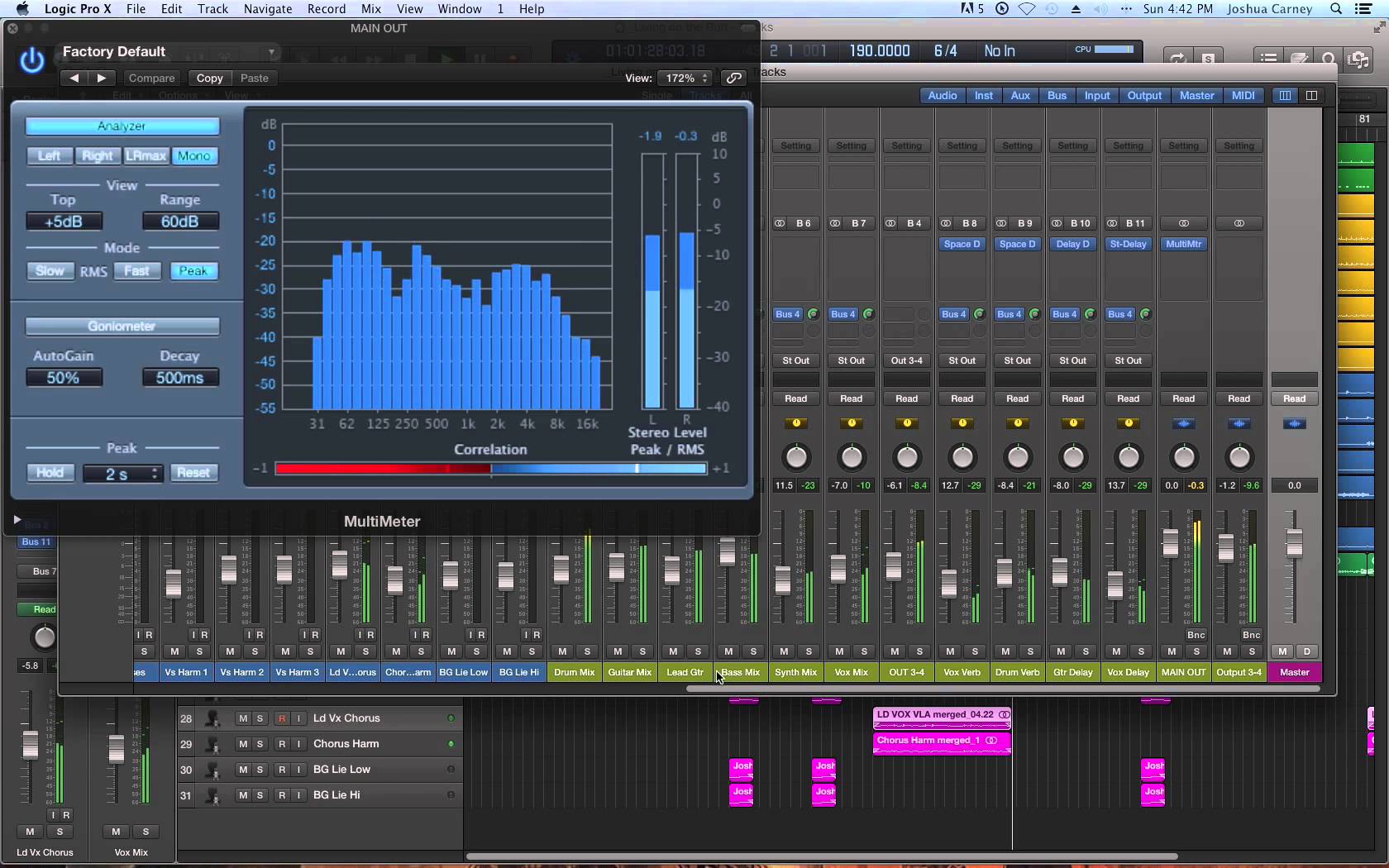

One of the things I immediately noticed was missing in Ozone 6 was the “Amount” sliders. But then you can still tweak the phase response for each band with a little “phase” slider.Īnd as with previous versions of Ozone, there is a “Matching” button for matching an EQ sourced from another track, or even against Pink Noise or 6dB Slopes. You can switch into “Surgical” mode for super-accurate editing of EQ. If analogue colour is not your thing, then the Digital mode avoids it almost completely. If you want to see exactly what’s going on with phase, there’s also an optional display of Phase Delay, Phase Response and Group Delay. Analogue mode includes the phase-shifts from real EQ types that add their own phase responses, and you can even select different types of filters depending on their type – including Analog, Vintage, Baxandall, Brickwall, Proportional-Q, Band-shelf and Resonant modes. There’s a global button for Digital and Analogue EQ modes. There’s eight EQ bands that can be switched between high pass/low pass/bell/high and low shelf and Baxandall (new) filter types, and as usual an excellent spectrum analyzer that lets you see a detailed view of what’s going on in the mix. On the surface, not a lot different that it was before, but laid out a lot better. I’m very glad to see this feature has not vanished in Ozone 6. In the very-expensive Advanced version, each processing module also comes as a separate plug-in, so working with other mastering plug-ins is easy. This made finding troublesome resonant frequencies ridiculously simple, fast and intuitive, and even when I moved into using other mastering tools, I still preferred Ozone’s EQ section for my precision-repair EQ’ing purposes. My own favourite reason for using Ozone over other mastering products was the cool trick of being able to hold down the Alt/Option key and then click in the EQ display with the mouse to solo a particular frequency. One of its key advantages is having an entire suite of mastering-ready tools condensed into a single mastering plug-in. Izotope’s Ozone has become quite a stalwart of the low-to-mid-budget mastering scene over recent years. I'm still struggling with some of it's "ill-Logic".Good: Great sound, easier to use, better look and feel, some cool new features and more flexibility in multi-band modes. It's just a real BEAR to learn coming from years of PT. It's certainly not worth buying Logic Pro for $995 if all you need is Waveburner, but Logic works nicely with my 002R.

You do get the LinearPhaseEQ and the Multipressor (multi-band compressor) and their regular limiter (with look-ahead). Some are not available, however, such as Match EQ, and Adaptive Limiter. However, you DO get to use a number of plugins from Logic. However, I can use my Waves L2 and C4, but not the 元, PhaseLinEQ, or MBPhaseLinCompressor. However, the high-end Waves mastering plugins don't pass the AU validation with Waveburner even though they pass with Logic.weird, and Waves simply says they aren't officially supporting Waveburner, only Logic for AU validation. WB uses any AU plugin, however even Guitar Rig2 FX, Auto-tune, and Melodyne come up as an option.

I don't know if it would work if you REMOVED Logic since it shares plugins with Logic. Some people don't even know about it until months after they buy LogicPro.


 0 kommentar(er)
0 kommentar(er)
